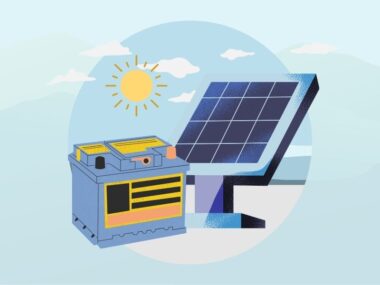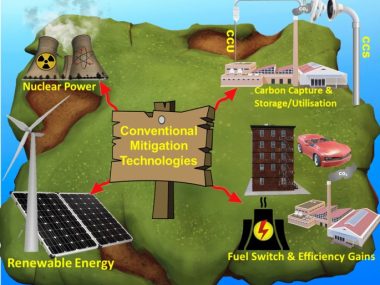Solar energy is a rapidly expanding form of renewable energy that utilizes the sun’s power to produce electricity and heat.
It plays a vital role in the global effort to address climate change and reduce reliance on fossil fuels. Technological advancements have made solar energy systems more efficient and cost-effective, leading to widespread adoption.
However, the significance of solar energy goes beyond its technical aspects. It is essential to evaluate its effectiveness, accessibility, and fairness to comprehend its role in establishing a sustainable and equitable energy future.
Effectiveness refers to how well solar energy systems convert sunlight into usable energy and their reliability in providing energy consistently. Accessibility considers the ease with which individuals and communities can access and utilize solar energy, taking into account factors like location, economic constraints, and supportive policies.
Equitability focuses on ensuring that the advantages of solar energy are distributed fairly among all sectors of society, including marginalized and low-income groups.
This examination seeks to offer a comprehensive overview of the current status of solar energy, evaluating its effectiveness in meeting energy demands, its accessibility to diverse populations, and its fairness in delivering benefits across various socio-economic strata. Understanding these aspects is crucial for devising strategies that optimize the advantages of solar energy while guaranteeing equitable and inclusive access for everyone.
Assessing the effectiveness, accessibility, and equitability of solar energy involves examining several dimensions, including economic, social, and geographic factors. Solar energy has made significant strides in becoming more accessible and equitable, but challenges remain. Below is an analysis of these factors
1. Effectiveness of Solar Energy
1. Energy Efficiency and Reliability:
Efficiency: The efficiency of modern photovoltaic (PV) panels has greatly increased, with certain panels achieving conversion rates of sunlight to electricity exceeding 20%. As a result, solar energy has become a feasible choice for energy production on both small and large scales.
Reliability: Solar energy systems, when paired with storage solutions such as batteries, have the capability to offer consistent power even in the absence of sunlight. Advances in battery technology continue to improve this dependability.
2. Cost-Effectiveness:
Declining Costs: The price of solar panels has experienced a significant decline in the last ten years. This decrease has transformed solar energy into an economical option for generating new electricity in numerous regions across the globe.
Long-Term Savings: Although the upfront cost may be substantial, solar energy systems generally lead to significant long-term savings on energy expenses and can yield a return on investment in a span of 5-10 years.

2. Accessibility of Solar Energy
1. Geographic Factors:
Global Potential: Solar energy is accessible in many regions globally, particularly in areas with high solar insolation such as parts of Africa, the Middle East, and Australia .
Rural Electrification: Solar power is especially advantageous for isolated and off-grid regions that lack conventional electricity infrastructure. It offers a viable answer for bringing electricity to rural areas.
2. Economic Barriers:
Upfront Costs: The initial cost of solar installations may still pose a challenge, particularly for low-income households and communities, despite the decreasing overall expenses.
Financing Options: Advances in financing options, like solar loans, leases, and power purchase agreements, are effectively addressing these obstacles by distributing the expenses across a period of time.
3. Policy and Incentives:
Government Incentives: Measures such as tax credits, rebates, and feed-in tariffs have increased the affordability of solar energy. These incentives play a crucial role in lowering the overall cost of solar panel installations
Regulatory Hurdles: In certain areas, the accessibility of solar energy adoption can be restricted due to regulatory barriers, such as intricate permitting procedures or the absence of supportive policies.

3. Equitability of Solar Energy
1. Social Equity:
Inclusive Policies: Certain areas have established regulations to guarantee that low-income families and marginalized groups can access solar power. Initiatives such as community solar programs enable those unable to install their own solar panels to take advantage of solar energy.
Energy Justice: Certain areas have established regulations to guarantee that low-income families and marginalized groups can access solar power. Initiatives such as community solar programs enable those unable to install their own solar panels to take advantage of solar energy.
2. Distribution of Benefits:
Economic Opportunities: Solar energy has the potential to generate employment and economic prospects in multiple industries, such as manufacturing, installation, and maintenance. These prospects can play a significant role in improving the economic conditions of underprivileged communities.
Environmental Benefits: Solar power helps decrease dependence on fossil fuels, leading to enhanced air quality and public health, particularly benefiting communities frequently exposed to elevated pollution levels.









